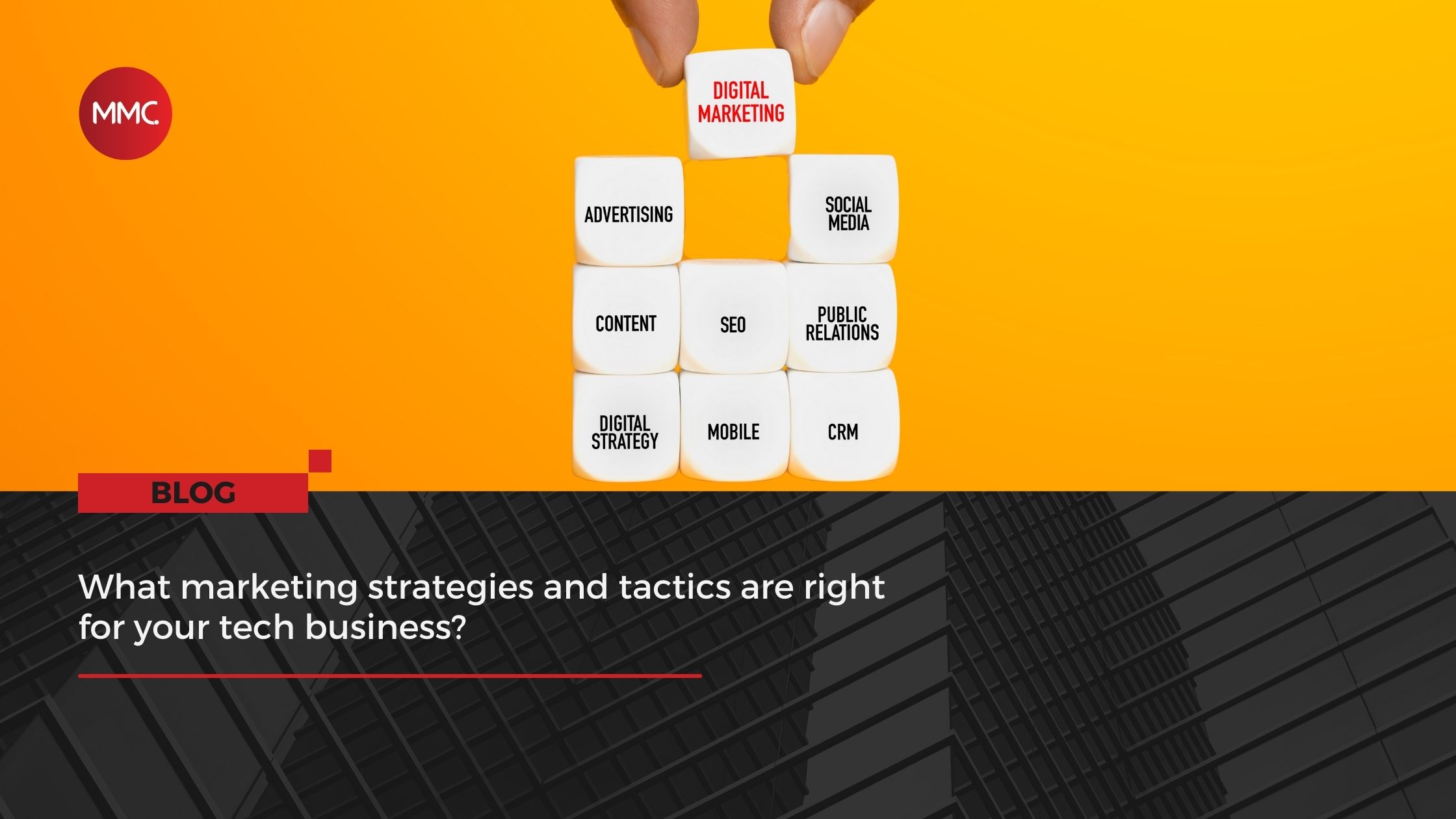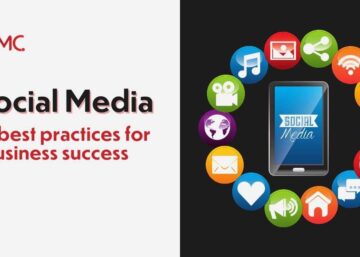The tech industry is one of the fastest-growing sectors in the world. In the UK alone, tech companies have continued to raise at near-record levels (£24billion) – it’s no wonder that so many people want a piece of the pie!
While the global pandemic put a premium on all things digital – with tech startups raising a staggering $628billion in 2021 – it has become increasingly difficult for tech companies to set themselves apart from their competitors. Successful tech companies need to be agile and continuously disrupt the market to be heard among the noise of others trying to sell their product or service.
Approximately 70% of tech startups fail in their first year, often due to lack of funds or market need, but also largely due to being unable to market themselves correctly. Reaching the right people, at the right time, on the right platforms is a challenge for every business – and can have a dramatic impact on the success of the business in its formative years.
We believe many tech startups could be more successful if they focus their marketing efforts to leverage tactics that will set them apart from their competitors. Not only being visible to your target market but also convincing them that you have a unique solution to their problem.
In our 2023 Marketing Guide for Tech Companies, we’ll look at some of the best marketing strategies to provide substantial ROI without breaking the bank. By maximising the investment in your marketing activity, your tech company can not only survive but thrive in the early years and build a solid foundation for success.
Marketing tactics to implement for tech companies in 2023
1. Identify your brand
Let’s go back to basics. You must have a strong brand identity to stand out and impress customers. Your branding is more than just a logo and colour scheme – it’s the way your company communicates its values and mission.
Keeping it clean and simple will help convey your ethos as clearly as possible and help demonstrate your place in the market. Fully understanding your target audience and how your product or service will benefit them is an essential starting point when developing your brand identity. Without that insight, you will likely fail at the first hurdle.
You will find that your brand will evolve over time as you adapt to changing market requirements and business needs, so you don’t need to fixate on it being perfect from the start.
2. Create original video content
Did you know that including video content on a landing page can increase the conversion rate by 80%? Or that four times as many people would rather watch a video about a product rather than read about it?
Original video content is a valuable tool to engage your audience. It allows you to tell complex ideas in a way that is much easier to consume than through written content. It doesn’t need to be dry and technical, in fact, injecting humour and personality will help you stand out from your competitors.
As a tech company, it’s likely your product or service needs some explanation to help nurture people from the awareness stage to the consideration stage. Using video throughout your buyer’s journey gives them the key information in a fun, digestible format that will (hopefully!) guide them to make a purchase.
3. Build social credibility
Social media plays a vital role in our daily lives and customers value the ability to communicate transparently with brands on social platforms.
Creating posts sporadically when you’re in the right mood or have the time on your hands isn’t the best way to demonstrate that you are a leader in your field. Instead, you must set goals for the type of content you want to share and commit to creating posts on a regular basis. It’s worth considering the different stages of the buying journey (awareness-consideration-purchase-retention-advocacy) and planning content that caters for each stage to ensure you are meeting the needs of all followers.
Gradually you will see a steady increase in the number of people who follow your brand and be on your way to creating brand ambassadors that help promote the benefits of your product.
4. Offer consistent high-value content
For small businesses that have a tight cash flow, authentic content is a powerful marketing tool. A blog is a cost-effective way to attract visitors to your site and brand, and can help you climb the ranks on Google without having to rely on paid advertising.
For the content to be seen by humans and search engines as ‘high value’ it should be unique, relevant, and in the region of 1,000 words per blog post to provide sufficient detail about your chosen topic. The theme should be well thought out and tailored to the different stages of the buyer’s journey.
Consistent high-value content will foster long-term trust between your target audience and your brand as well as demonstrate how your product can provide a winning solution to their problem.
5. Prepare customer retargeting touchpoints
A common mistake for businesses in any industry is to not have a customer retargeting strategy in place. After onboarding a new customer, it’s important to identify ways to nurture that relationship going forward.
A customer touchpoint marketing strategy may include webinars, newsletters, workshops and whitepapers. The goal here is to keep current them engaged with your brand by providing content that they will find valuable and shareable with their family and friends.
By using multiple channels and tactics, you can see how best you can connect with your customer base to support their ongoing needs and aspirations.
6. Gain a basic understanding SEO
Search Engine Optimisation (SEO) has been around since the ’90s and, unlike other marketing buzzwords, this one isn’t going anywhere anytime soon.
To clinch the top position on Google search results, a basic understanding of SEO is needed to recognise what search engines are looking for when it comes to ranking websites. As always, high-quality content is the key to Google’s heart, but an understanding of your current domain authority, link-building opportunities, and keyword planning can significantly help your chances of being visible.
Fortunately, there are many free tools out there to help you understand where your website traffic is coming from, the keywords your audience is searching for, and the quality of your site. Tools such as Google Search Console, PageSpeed Insights, Keyword Planner, and Chrome User Experience Report are great places to start.
As you can see, the above marketing strategies are something you can decide to do yourself, or you could hire an agency to work with you to create a clear strategy, implement it, evaluate the results, and tweak it accordingly.
To stay ahead of the competition and give your tech company the best possible chance of success, give MMC a call on 01624 678001 or drop us a line at [email protected].




